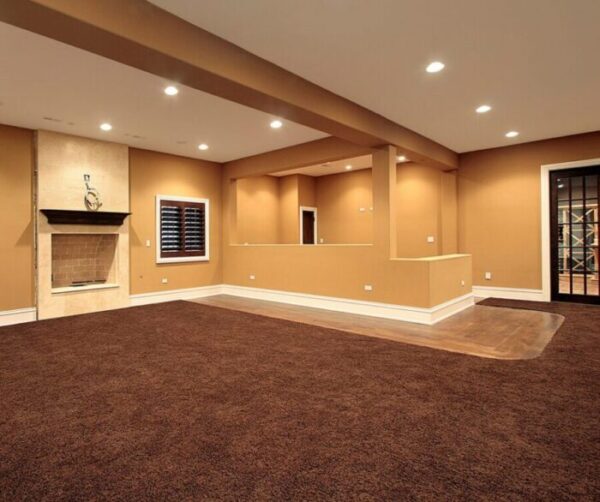
Color Strategies and Interior Paint Schemes
Color can make a major impact on the mood of your home’s occupants and visitors. For example, bold reds and yellows have a stimulating, energizing effect on the psyche, while browns and creams offer reassurance and white conveys cleanliness and freshness. This versatility can help you achieve your desired ambience.
The more you understand about how to use color strategically, the more easily and powerfully you can choose specific color combinations for your home interiors. Here are some basic points to consider regarding Pittsburgh color strategies and interior paint schemes.
How Color Palettes and Color Schemes Function
A color palette represents the choice of a specific set or range of colors. A designer, painter, or other visual artist uses this palette to lend thematic unity to a space, object, or image. The wider the color palette, the more effects the user can achieve, but at the possible cost of a cohesive visual impression.
You will find the color wheel an indispensable starting point for choosing a color palette. This wheel is divided into 12 wedges displaying the three primary colors (red, yellow, and blue), three secondary colors (orange, purple, and green), and six tertiary colors (combinations of primary and secondary colors).
Your Pittsburgh color strategies and interior paint may include colors that inhabit the same portion of the color wheel. For example, you might decide to paint a room entirely in variations of blue and green. The use of three adjacent colors on the color wheel is called an analogous color scheme.
To achieve a bolder, more eye-popping look, use two colors that sit in opposition to each other on the color wheel, thus creating a complementary color scheme. This simple strategy gives one color the prime emphasis, using the other color as an accent.
Both analogous and complementary color schemes offer variations. The combination of the three primary colors or secondary colors creates a complementary form known as a triadic color scheme. A split-complementary color scheme uses the colors adjacent to the opposite color, not the opposite color itself.
How Color Tint, Shade, Tone, and Temperature Enhance a Color Scheme
The 12 colors of the color wheel don’t represent the sum total of the affects you can include in a color scheme. You can create additional options by mixing a neutral pigment into a color. Adding white to a color changes the tint; adding black to a color changes the shade. Adding grey changes the tone of your Pittsburgh color strategies and interior paint.
Color temperature adds yet another range of possibilities to your color scheme. Warm colors include yellows, oranges, and reds, all colors that lend energy and vitality to an interior space. the cool colors, which promote calm and serenity, include blues, greens, and purples.
How Color and Light Interact
Color only exists in the form of reflected light. The lighting in an interior space will either enhance or undercut the color scheme you choose for that particular space. Give careful consideration to how much light the space will typically receive, the source or that light, and what time of day the room sees the most use.
Natural daylight, which contains all the colors in the color wheel, allows your Pittsburgh color strategies and interior paint, along with other colored objects, to display their natural colors with optimal fidelity. Bear in mind, however, that some exposures will always receive less light than others. Other rooms may only see regular use at night.
If you plan to paint a room that will mainly rely on partial or limited daylight, consider using lots of light, neutral colors (such as white) that will bounce as much of the incoming light as possible around the room. If you plan on lighting the space artificially, choose lamps with a color temperature to match the room’s color temperature.
Whatever color strategies you decide to employ, Fagan Painting can bring them vividly to life. Contact us today to discuss your Pittsburgh color strategies and interior paint needs and goals.
